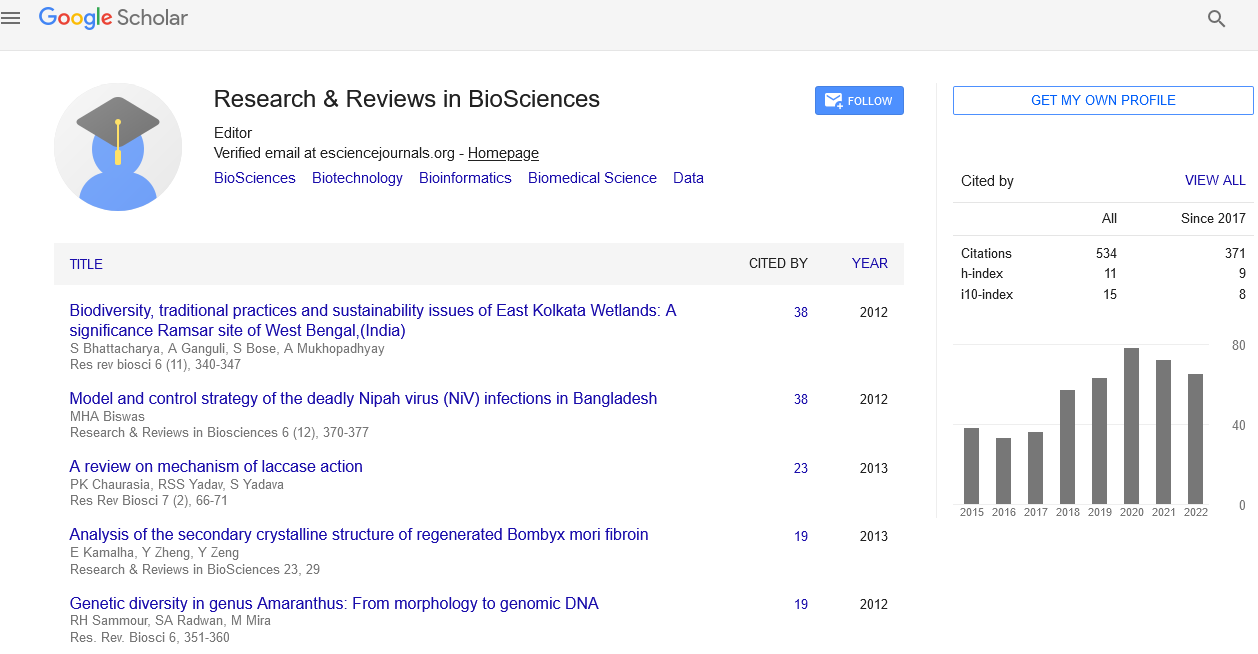Abstract
TLR Signaling Pathway Orchestrating Pro-Inflammatory Cytokines and Differential Expression of Chemokines in C. trachomatis Infected Primary Cervical Epithelial Cells
Author(s): Vikas Vats, Amrita Vats and Aruna MittalHuman Primary cervical epithelial cells offer a better opportunity to investigate factors contributing to initial Chlamydia trachomatis infection and subsequent pathology. In a time dependent in-vitro study significantly elevated levels of IL-8, IL-6 were detected at 12 hours post infection (hpi) and TNF-á at 18 hpi, (p<0.001) in C. trachomatis infected primary cervical epithelial cells as compared to uninfected control. IL-8 and IL-6 were found consistently increased from 12 hpi to 72 hpi showing thereby probable involvement of IL-8 in chlamydial differentiation and metabolic activities. In human inflammatory cytokines and receptors pathway array studies at 12 hpi, genes found significantly up-regulated were ccl1, ccl5, ccr, cxcl10, cxcl12, ifn, il-8 and tnf (p<0.1), this may be to maintain a long term interaction between host cell and bacteria. In human TLR signaling pathway studies at 6hpi showed significantly upregulated genes of Il-1ß, Il-6, Il-8, Irak1, Myd88, Ripk2, Tirap and Tlr2 (p<0.1) as compared to uninfected control and there was requirement for TLR-2 in MyD88 in cellular activation during C. trachomatis infection.
